This biochemical method is a high-tech biological technology for treating mixed electroplating wastewater, and also a key technology for the clean production of electroplating heat industry. It has been declared the national patent. Biochemical method is superior to traditional chemical precipitation method, ion exchange method and electrolysis method in investment, operation, operation management, metal recovery, effluent quality and other aspects.
Technical Introduction:
This biochemical method is a high-tech biological technology for treating mixed electroplating wastewater, and also a key technology for the clean production of electroplating heat industry. It has been declared the national patent. Biochemical method is superior to traditional chemical precipitation method, ion exchange method and electrolysis method in investment, operation, operation management, metal recovery, effluent quality and other aspects. Biochemical method and treatment of mixed electroplating wastewater is compared with the traditional physical and chemical process, the biggest difference between biological flocculants can continuously during the operation of proliferation, biological flocculating agent to remove the amount of metal ion is with biological flocculation increase with the increase of the dose, the traditional ion exchange process of ion exchange resin exchange capacity is limited, after saturated adsorption, can no longer remove metal ions. In chemical precipitation, the chemical body of the agent is also certain and there is no possibility of its own proliferation.
Technical Features:
Safety of composite functional bacteria:
There have been no reports on the safety evaluation of microorganisms used in environmental protection at home and abroad. In this study, the safety of microbe insecticides, microbe feeds and biological agents was referred, and the theories of toxicology, microbiology, immunology, pathology, hematology and epidemiology were combined with electron microscopy technology for the first time to creatively study the safety of composite bacteria. Through the transformation of six kinds of animals and two kinds of plant bacteria in the body, the influence of bacteria on growth and heredity as well as the survival and killing methods of bacteria under different environmental conditions were studied, the influence of water discharged from purification engineering on animals and plants was tracked, and the human reaction to the bacteria was observed.
The results showed that the bacteria were non-toxic, non-pathogenic, non-toxic and had no effect on the growth and heredity of plants. The discharge water of the bacteria purification project has no adverse effect on animals and plants, and the industrial application of bacteria is sanitary and convenient for management. The application of bacteria in the purification of heavy metal wastewater is safe, thus eliminating people's doubts about whether the industrial application of bacteria will bring new harm.
Technical principle and process flow:
The process directly USES the microorganisms screened for a long time as the source of high-efficiency biological flocculant. Biological bacteria are an important source of natural organic polymer flocculants. For example, glucan of yeast cell wall, mannan, protein N - acetylglucamine and other components can be used as flocculant. Deacetylchitin (chitosan) is produced by alkaline hydrolysis. Chitosan contains active amino and hydroxyl groups and has strong flocculation ability for charged metal ions. In addition, the metabolites secreted by biological bacteria to the cells (bacterial membrane and mucilage) can also produce good flocculation effect on metal wastewater. Units with electroplating and hot plating wastewater need to be treated can also consult enterprises with similar sewage treatment experience on the service platform of Sewage Treasure project.
The microbe micelles and biofilms of composite microbe flocculants are different in physical location distribution and structural connection during the formation process, so that the surface of the microbe micelles and biofilms of composite microbe flocculants are often negatively charged and have strong adsorption capacity for heavy metals. At the same time, the micelles (containing dead bacteria) can be embedded with metal ions and have good sedimentation performance. Thus the purification effect of electroplating heavy metal wastewater was improved.
Composite microbial flocculant is by genetic material to move quickly to implement the entire biological community genetic adaptation of metal pollutants in wastewater, it through the positioning on the plasmid of related gene in the community move quickly to implement the whole wastewater microbial flocculant community genotype change, make it for encoding a metal ions have resistance or reduction reaction distribution of gene frequency is higher, so as to improve the purification rate of the metal.
Microbial flocculant purification of metal ions is closely related to three levels of collaboration, namely in a certain period of time, microorganisms in the waste water of heavy metal ions have almost at the same time flocculation, electrostatic adsorption, enzyme catalytic conversion, complexation, embedding function and effect on PH buffer coprecipitation, made the metal ions are deposited waste water purification.
Process flow:
The process of treating electroplating wastewater by biochemical method reasonably combines the advantages of pure biological method and chemical method. The design of electroplating wastewater treatment process by biochemical method is mainly based on the mechanism of removing heavy metals by a series of optimized biological flocculants, the concentration of heavy metal ions in electroplating wastewater and the daily amount of wastewater. The volume of bioreactor and bioreactor is determined by the concentration of metal ions and the amount of waste water. Chemical method in biochemical method only accounts for a small proportion. In the whole process, the chemical part plays a buffer, stability, equilibrium and other regulatory role on the whole high concentration of wastewater. The chemical dosage is only 1/4 to 1/5 of that of the traditional method, and the residue produced is also correspondingly less.
Application Scope:
This microorganism method is a new and high biotechnology for electroplating wastewater treatment. It has the advantages of chemical precipitation method, electrolysis method and ion exchange method for electroplating wastewater treatment, and avoids the deficiency of these three methods. At the same time, it has the advantage of biomass "proliferation", and has implemented the microbial treatment engineering of this technology, with stable operation, safe and reliable, good treatment effect, and each technical index is lower than the national comprehensive sewage discharge standard. This technology is applicable to the new, old or large, medium and small electroplating plant wastewater treatment, also can be applied to chromite salt plant, mining, leather, printing and dyeing wastewater treatment.






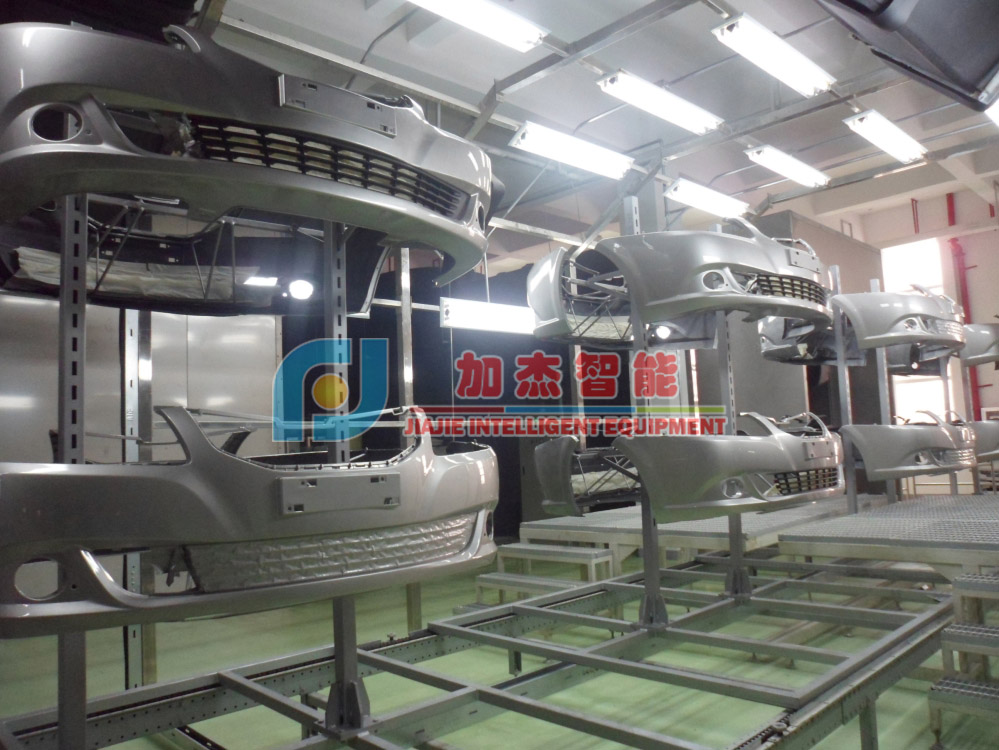
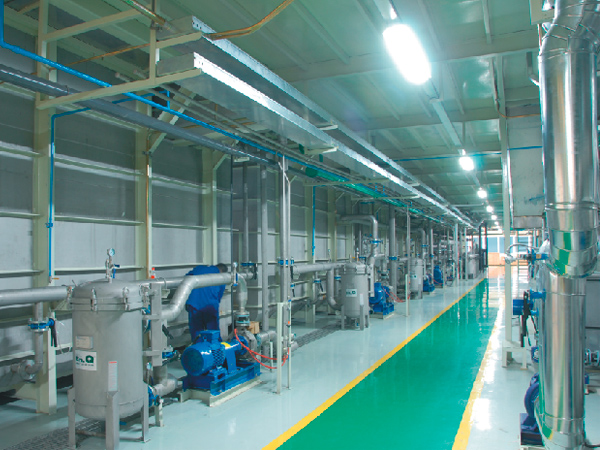

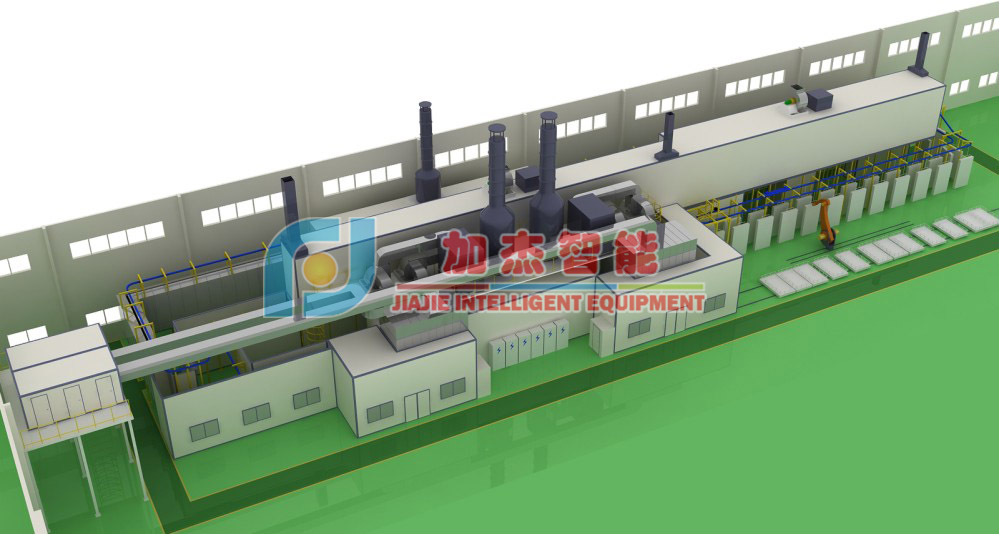
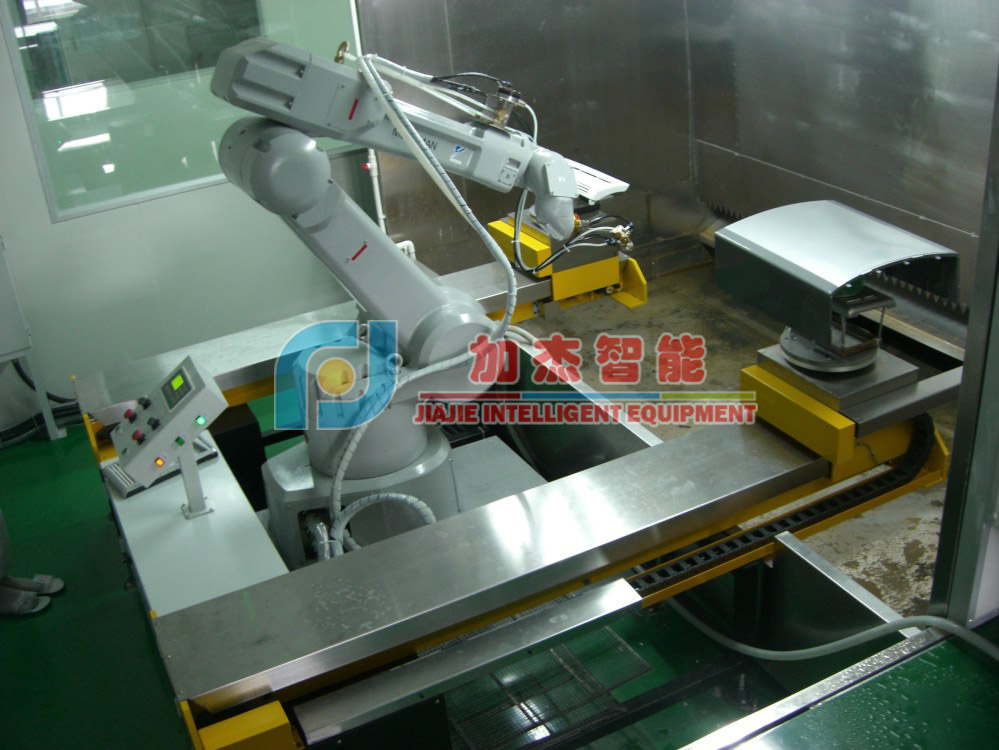
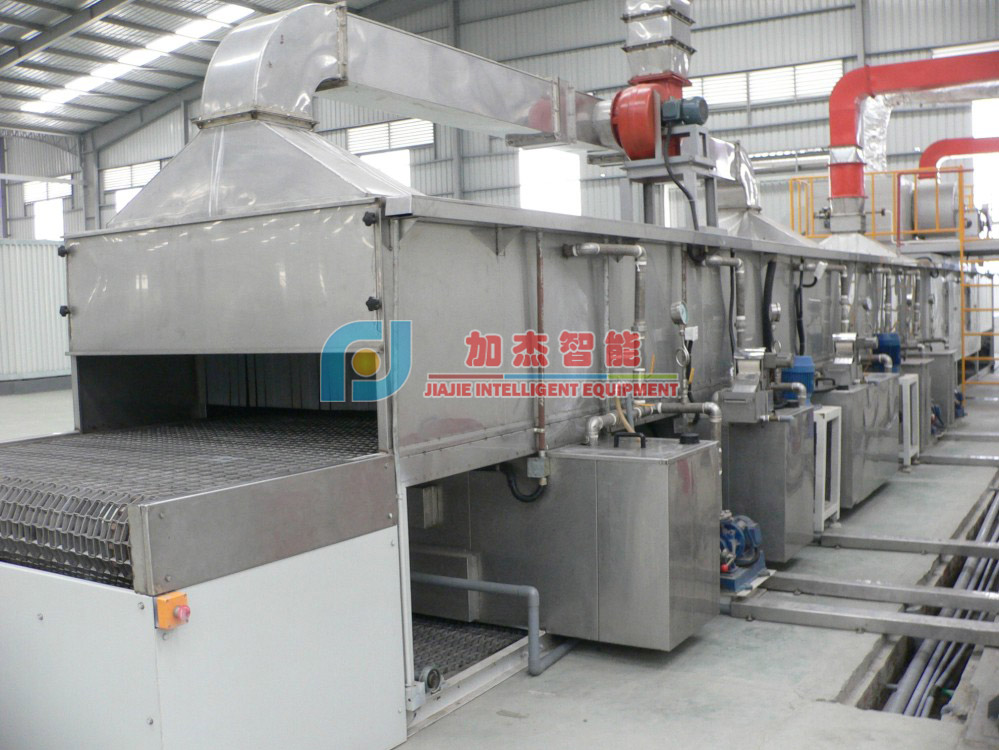
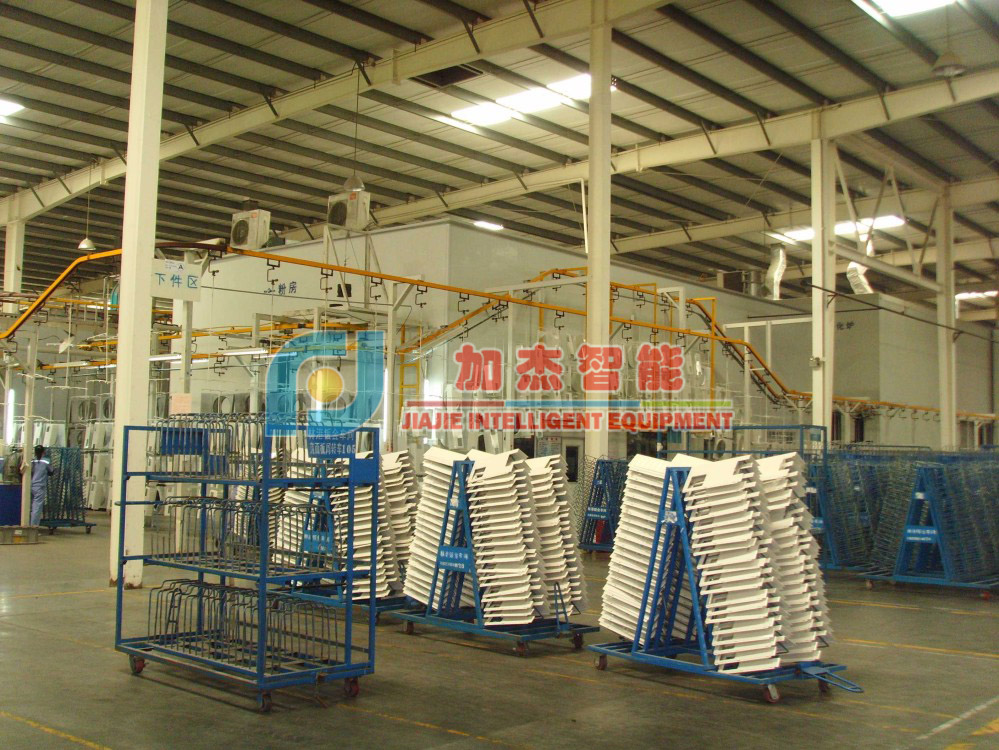
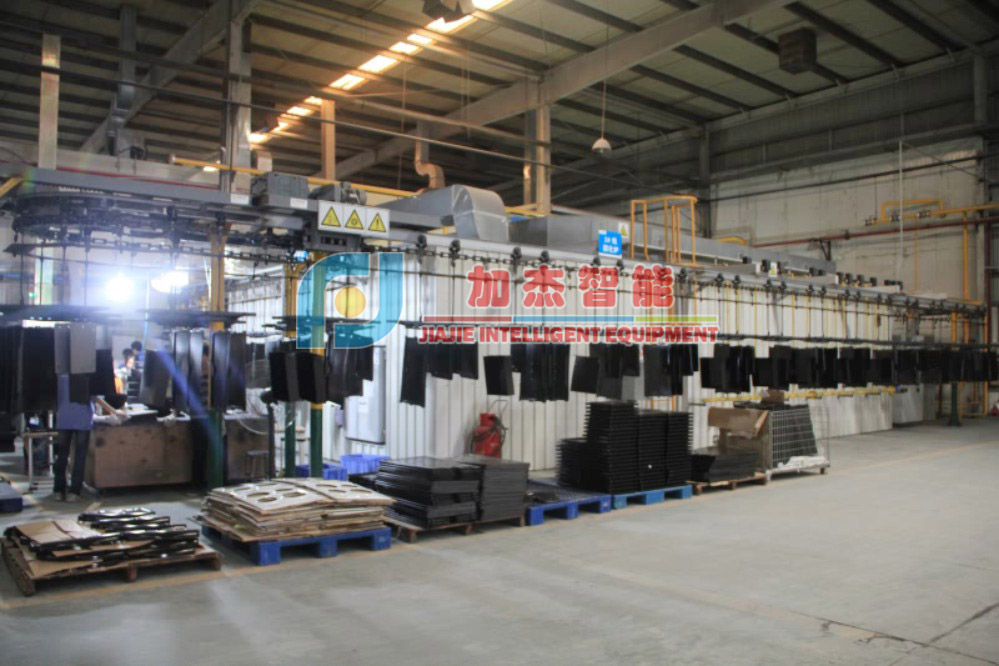

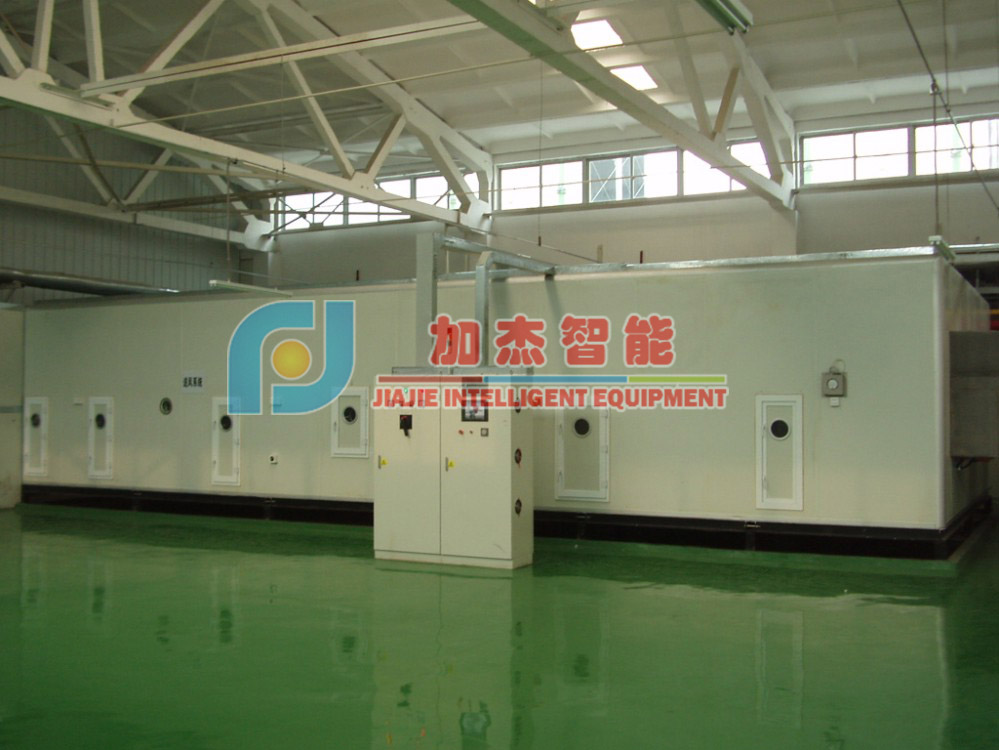
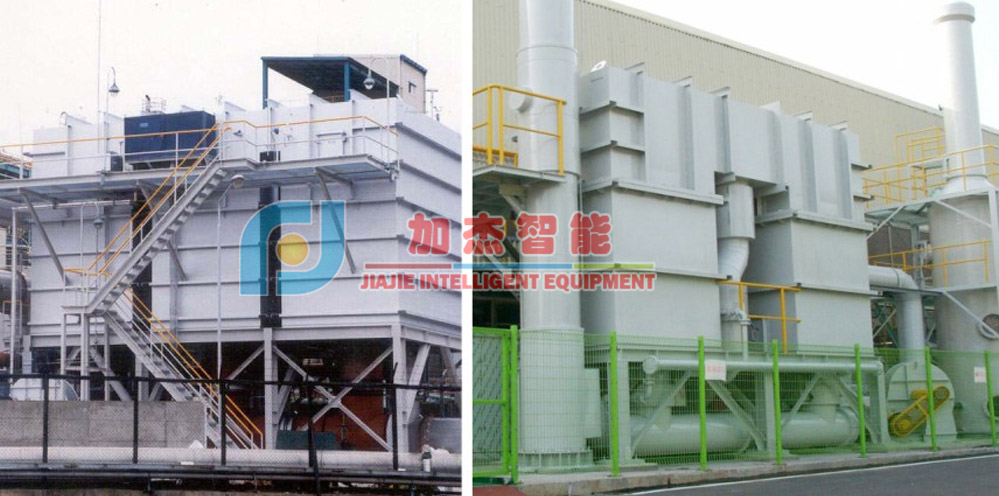








 客戶服務(wù)熱線
客戶服務(wù)熱線

